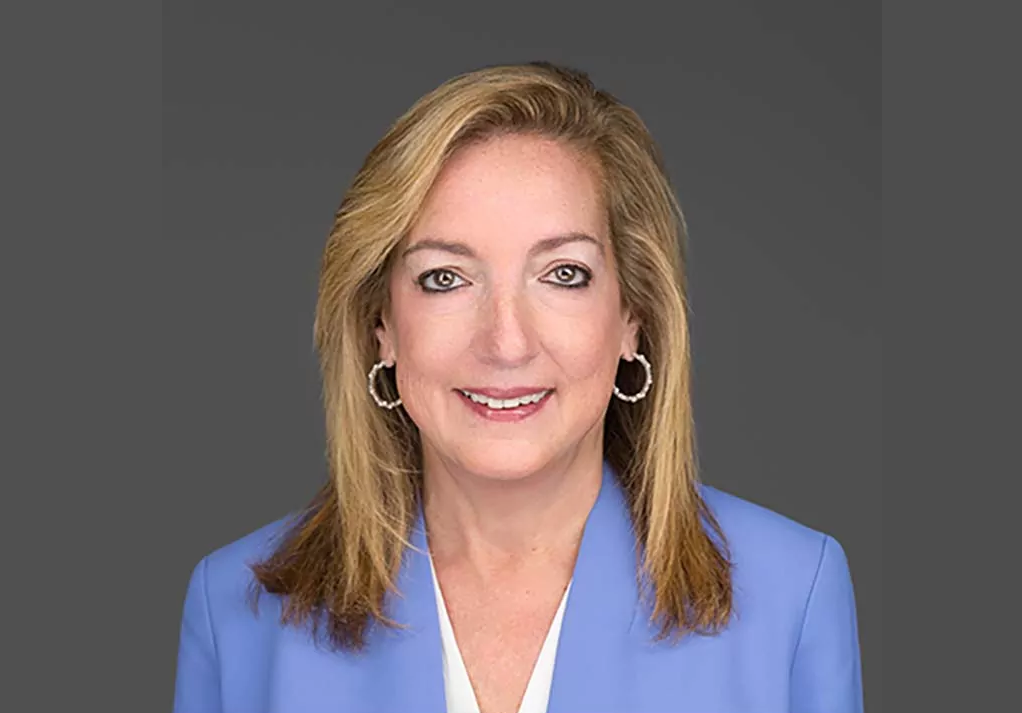By Mark Thomas, Ken Mackunis and Stan Sterna.
For CPAs and their firms, 2021 was a year of unexpected challenges and opportunity – both of which producing new risks for the profession. And the outlook for the coming year is not much different, with accelerated change and emerging issues impacting how accountants approach the services they provide.
As we enter 2022, there are three key areas of risk that CPAs should keep in mind as they serve their clients and look to grow their firms.
Professional Liability Risks:
In 2021, CPAs dealt with unprecedented change. One of today’s biggest professional liability risks may be somewhat unexpected: relationship building. As a CPA, knowing your client is a crucial part of a successful, collaborative relationship. However, many CPAs struggled to stay on the same page as their clients amid ever changing world events, revised laws, an evolving economy and the advent of a remote environment. If you’re a CPA, it’s likely that your client is not the same person as they were a year ago – maybe their business concerns have changed or they may have even taken a new job recently – the expectation of you as their trusted financial advisor has likely risen tenfold.
Over the last year, CPA firms of all sizes were compelled by events to adopt new technologies, such as virtual communication platforms, secure file exchanges, cloud-based applications and artificial intelligence tools. As 2022 approaches, CPAs will have to pay particular attention to relationships they have with third-party software vendors. Firm leaders and CPAs should rethink how they manage these relationships and the liability risks inherent with them. After all, sharing sensitive financial data with an outside party is a risk in itself. As such, CPAs should conduct vigorous due diligence when vetting these vendors. Additionally, make sure service agreements require these vendors to maintain privacy breach as well as professional liability coverage and language that they agree to defend, indemnify and hold the firm harmless for any breach or error/omission on their watch.
CPA Retention/Talent:
Meanwhile, 2021’s Great Resignation resulted in increased staffing issues for organizations nationwide – with CPA firms being no exception. In April of 2021 alone, 4 million Americans quit their jobs – leaving businesses scrambling to attract and retain talent. CPA firms felt this shift acutely, with a significant number of accountants either taking their careers in a different direction or to other firms. With flexible options available for hybrid and remote work, the job market has widened significantly for CPAs, allowing them to fill roles at firms located in a neighboring state or across the country without having to physically relocate while offering better benefits, higher salaries and other desirable perks. This employee migration has left many firm leaders struggling to retain talent and fill their teams – causing them to rethink their current firm culture and structure.
In 2022, the difficulties with retaining talent will likely continue, forcing firm leaders to take a closer look at their team building and engagement staffing plans. That said, CPA firms should be able to take advantage of the broader employment landscape. For example, firm leaders will be able to recruit outside of their firm’s geographical area and have greater access to high-qualified candidates. In addition to expanding recruiting efforts, executive teams will need to evaluate their current team members and take necessary steps to retain quality personnel by beefing up benefits packages, increasing salaries or investing in upskilling programs.
Cyber Risks:
Meanwhile, cyber risks have accelerated more than 100% since the start of the pandemic – making firms and CPAs more vulnerable to a privacy breach than ever before. One thing we’ve learned within the last year is that no one is immune when it comes to a cyber-attack. As aggregators of all sorts of financial and personal data, accountants are prime targets for cyber criminals. Small firms are just as vulnerable, if not more so, than the big ones. After all, cyber criminals tend to target firms with weak data security protocols. Often times these are the smaller firms who have less resources to invest in cyber security. Hackers prey on a victim’s fears, confusion and sense of urgency. As the pandemic goes on, expect cyber criminals to continue to do all they can to exploit the crisis.
As the frequency and severity of both professional liability and cyber security risks continue to climb, CPAs and firm leaders should revisit their current quality control and data security protocols. They should ensure that engagement letters are in place for all services that – among other things – clearly define the scope of their work, the responsibilities of the respective parties to the agreement and limit their liability. In essence, CPA firms should leave “no stone uncovered” when it comes to managing risk.
2021 has been a monumental year and CPAs have seen industry-related trends that necessitated both positive as well as negative change. From increased cyber and professional liability risks to broader growth opportunities for CPAs and firms, this year has established a solid the foundation as to how firm leaders and their employees can tackle 2022 with seasoned insight and confidence.
===
Mark Thomas is senior vice president of Aon Affinity, Ken Mackunis is executive vice president of Aon’s professional firms segment, and Stan Sterna is Vice President for Aon Corporation. Aon provides insurance through the AICPA Member Insurance Program, and is a multinational professional services firm that sells a range of financial risk-mitigation products, including insurance, pension administration, and health-insurance plans. Aon has approximately 50,000 employees in 120 countries.
Thanks for reading CPA Practice Advisor!
Subscribe Already registered? Log In
Need more information? Read the FAQs
Tags: Artificial Intelligence, Benefits




